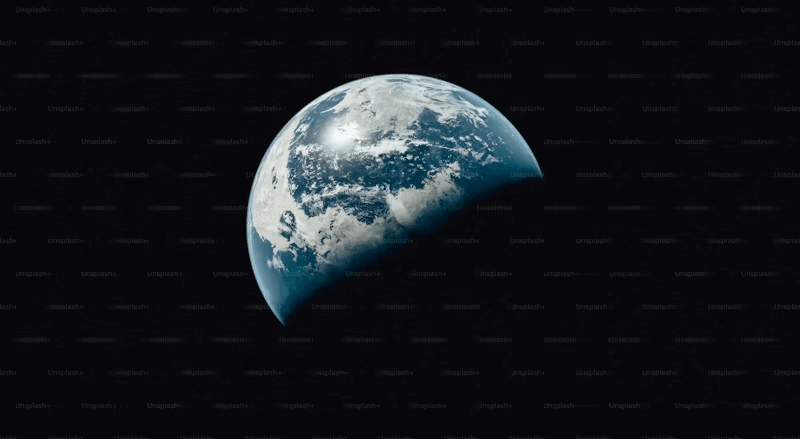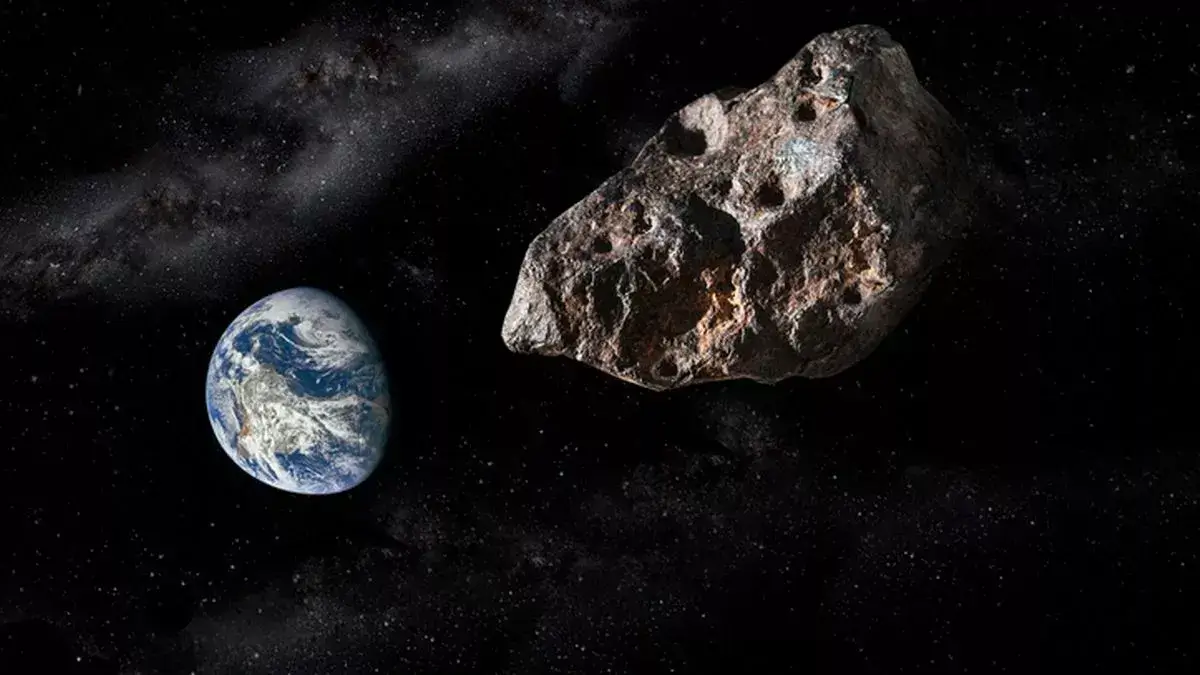
Alien Face In Antarctica? Google Earth Coordinates Spark Eerie Mystery
Not so mysterious when a clear answer is given huh?
Deep within the frigid expanse of Antarctica, a strange anomaly has sparked the imaginations of conspiracy theorists, UFO enthusiasts, and sceptics alike. At the coordinates -72.010000, 168.577778, a satellite image on Google Earth reveals what appears to be an alien-like face etched into the side of a remote mountain. The image, both eerie and astonishing, raises an age-old question: are we truly alone in the universe?
The “face” is remarkably humanoid, with sharp, symmetrical features resembling eyes, a nose, and a mouth. Framed by snow and ice, it seems to peer out from the frozen wasteland, as if guarding an ancient secret buried beneath the Antarctic ice. But how did it get there?
A Geological Coincidence—or Something More?
Sceptics argue that the “alien face” is nothing more than a natural rock formation, its contours exaggerated by shadows and snow accumulation. Similar phenomena, like the infamous “Face on Mars,” have often been explained as pareidolia—the human brain’s tendency to see familiar patterns, such as faces, in random shapes.
However, believers point to Antarctica’s long history of being shrouded in mystery. From secret Nazi bases to rumours of hidden pyramids, the continent has long been a hotspot for conspiracy theories. Could this alien face be evidence of an ancient civilization, or even an extraterrestrial presence?
Antarctica’s Unanswered Mysteries
Antarctica is one of the least explored places on Earth. With its harsh climate and miles-thick ice, much of its terrain remains inaccessible. Over the years, researchers have uncovered anomalies beneath the ice, including vast subglacial lakes and signs of ancient microbial life. What else might lie hidden beneath this icy veil?
Some theorists believe the “face” could be a remnant of a forgotten era when Antarctica was ice-free, harbouring ancient civilizations or even alien visitors. Others suggest it could be a warning, a marker left by an advanced species for future generations to discover.
The Allure of The Unknown
Whether a simple trick of light and shadow or something far more profound, the “alien face” at -72.010000, 168.577778 has captivated imaginations around the world. Its haunting, otherworldly appearance feels like a message from the void—challenging us to look closer, to question the limits of our knowledge, and to consider the mysteries our planet still holds.
So next time you browse Google Earth, take a detour to Antarctica.
Who knows what other secrets you might uncover in the frozen silence of the southernmost continent?
* * *
NEXT UP!
NASA Has Live Feed of ‘God of Chaos’ Asteroid Which Has The Potential To Hit Earth
The asteroid Apophis, ominously nicknamed the “God of Chaos,” has captured the attention of scientists and the public alike due to its potential threat to Earth. NASA has now provided a live feed to track the asteroid’s movements, offering both reassurance and concern. Could this massive space rock, with a potential impact force equivalent to 1,000 megatons of dynamite, one day collide with our planet? Here’s what we know so far.
What Is Apophis?

Named after the Egyptian god of chaos and destruction, Apophis is a 340-meter-wide asteroid that was discovered in 2004. It quickly became known as one of the most hazardous asteroids due to its close proximity to Earth. On Friday, April 13, 2029, Apophis will pass by Earth at a distance of just 19,000 miles, close enough to be visible to the naked eye. This event has sparked both excitement and concern, particularly about what might happen if its trajectory is altered.
Tracking Apophis’ Trajectory

NASA has taken extensive measures to track Apophis’ journey, including providing a live feed that allows people to follow its path in real time. Initial research indicated that Apophis would safely pass Earth in 2029, but a new study suggests that even a small collision with another space object could change its course. Canadian astronomer Paul Wiegert warns that a chance encounter with a smaller asteroid could potentially deflect Apophis into a collision with Earth. The odds of this happening are extremely low—around 1 in 2 billion—but the possibility has spurred ongoing observation.
What Could Cause a Collision?

While Apophis is not currently on a direct path to hit Earth, all it might take is an encounter with an object as small as 0.6 meters to alter its trajectory. According to Wiegert, The odds of an unseen small asteroid deflecting Apophis enough to direct it into a collision with Earth in 2029 are approximately 10^-8. This slim chance doesn’t stop scientists from keeping a close eye on the asteroid, particularly since Apophis will be unobservable from telescopes until 2027.
The Impact of a Collision

If Apophis were to collide with Earth, the impact would be catastrophic. Experts estimate that the energy released would be over 1,000 megatons of TNT, enough to devastate an area hundreds of miles wide. While it wouldn’t match the asteroid that wiped out the dinosaurs, a direct hit on a populated area could lead to millions of casualties. Thankfully, the likelihood of such a scenario remains incredibly low. NASA’s radar observation campaigns have so far confirmed that Apophis poses no risk of impacting Earth for at least the next 100 years. However, continued monitoring is essential due to the unpredictability of space.
* * *
Read more: Joe Rogan Reveals U.S. SHUT DOWN Antarctica After Drone Captured THIS!
Telegram: Stay connected and get the latest updates by following us on Telegram!
We’d love to hear from you! If you have a comment about this article or if you have a tip for a future Collective Spark Story please let us know below in the comment section.


Could the mysterious “alien face” in Antarctica be evidence of ancient civilizations or just a natural rock formation?